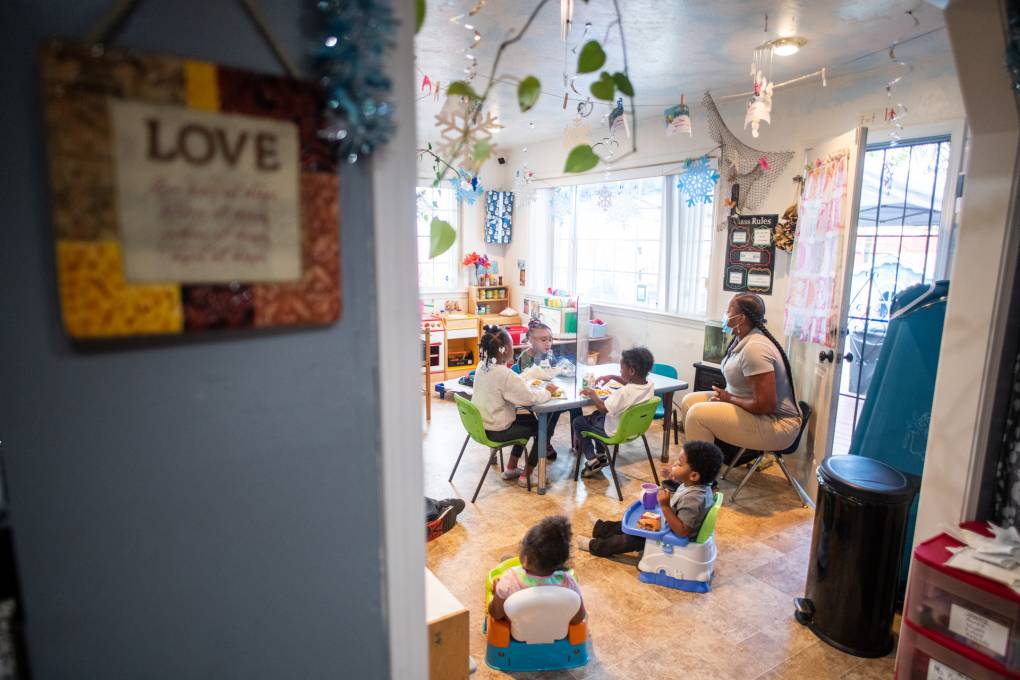The COVID-19 pandemic has been tough for California’s child care providers. Some saw their enrollment numbers plummet — along with their revenue — as families decided to keep children home. Others decided they couldn't risk exposing themselves or their families to the virus and decided to shut down. The California Department of Social Services estimates more than 2,400 providers have permanently closed. Thousands more have weathered temporary closures.
California's Child Care Providers Largely on Their Own to Struggle Through Pandemic
For those that choose to remain open, it's been rough going. Many saw their workloads increase as they opened their homes to kids who would normally be in school — more kids means more food and supplies. Providers are also required to take additional safety measures to protect against the virus. That all adds up to increased costs for providers, who get little, if any, help from the state.
Child care workers are considered essential. And in the beginning of the pandemic, the state initially allocated $100 million to expand child care, and pay for protective equipment and cleaning supplies for providers. But that money has been spent, and additional support from the federal government has not materialized.
The state's newly formed Child Care Providers United union represents providers who watch kids that receive state subsidies for care. The union filed an unfair labor practice complaint against the state in November, accusing officials of failing to collaborate with providers on solutions to pandemic-related issues.
Katina Richardson owns and operates The Little's Daycare out of her home in Hayward. She works with her assistant and friend Undrea Williams. They shared how they're trying to make it work.
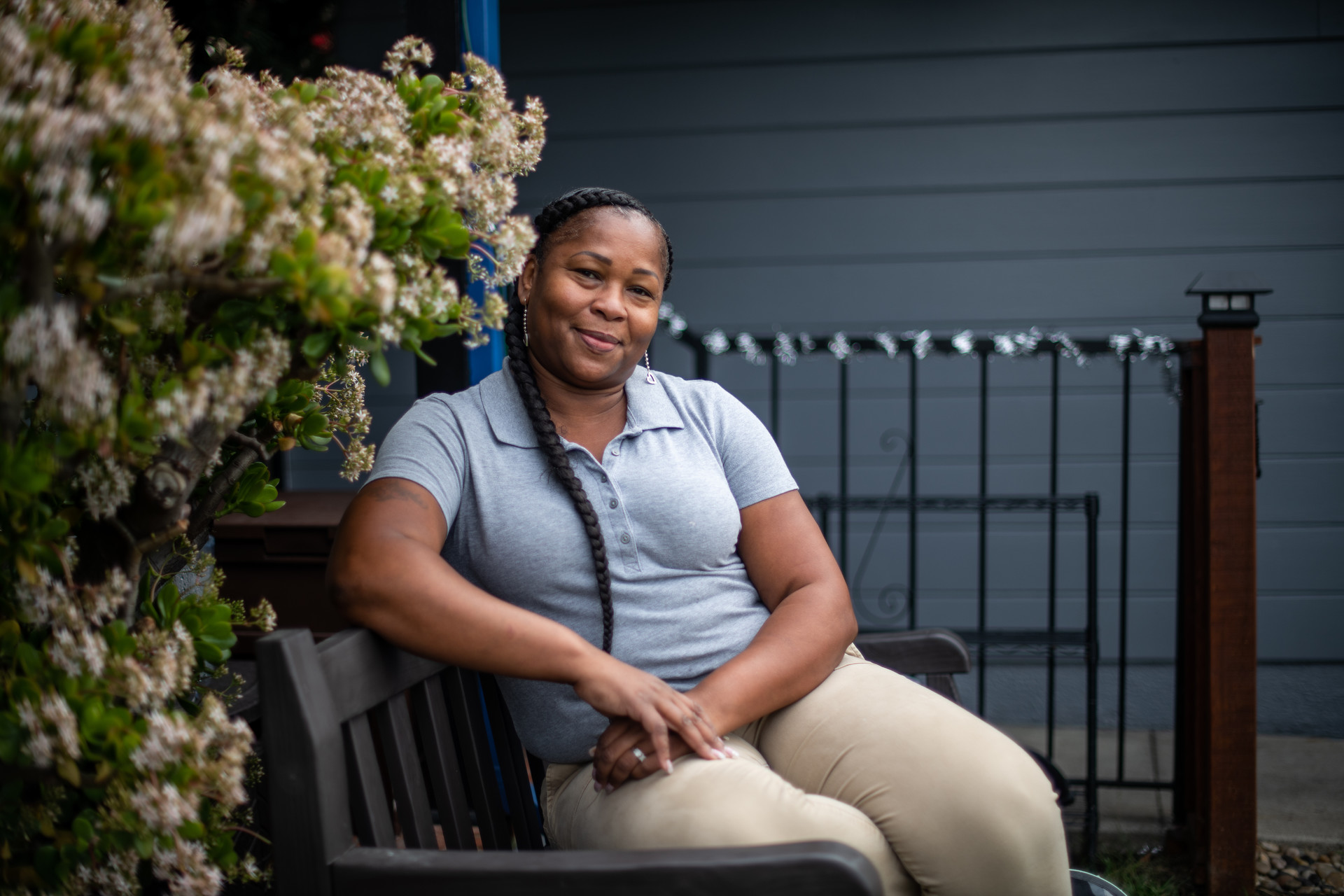
During the pandemic, Richardson has been tasked with caring for more children and taking on responsibilities she didn't have before. She's managed to stay open, but says it's a stressful time. And because of that, it’s important to follow all the rules so her kids have somewhere to go.
“The kids have really caught on," she said. "I'm really proud of them for what they do, as little people.”
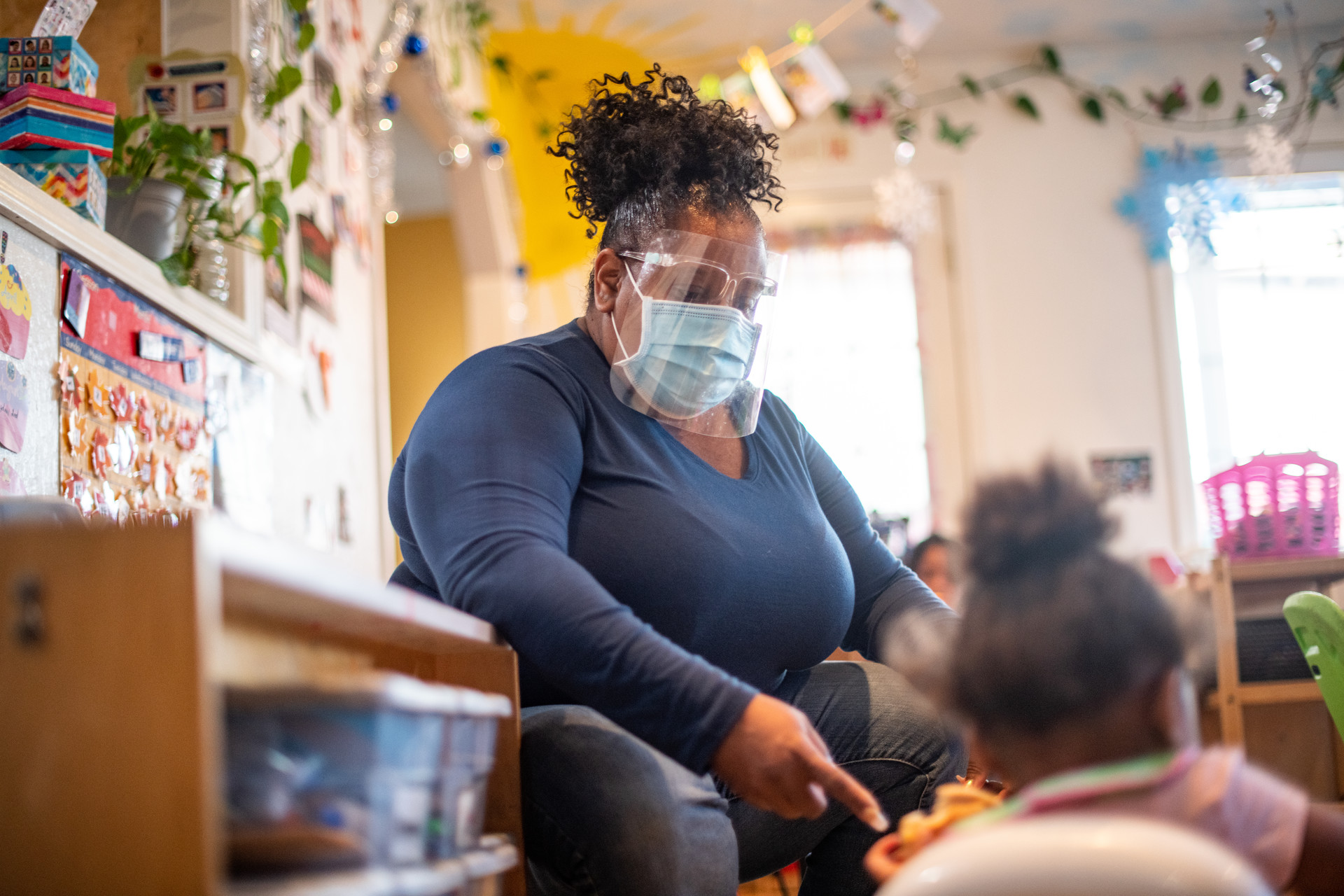
Williams said she's had to leave her other job working with autistic kids because she's trying to keep her social bubble smaller.
"I have a grandbaby that's 3 years old at my home, and my daughter and my mom," Williams said. "So I have to make sure that I'm safe at all times to make sure that they're safe when I go home.”
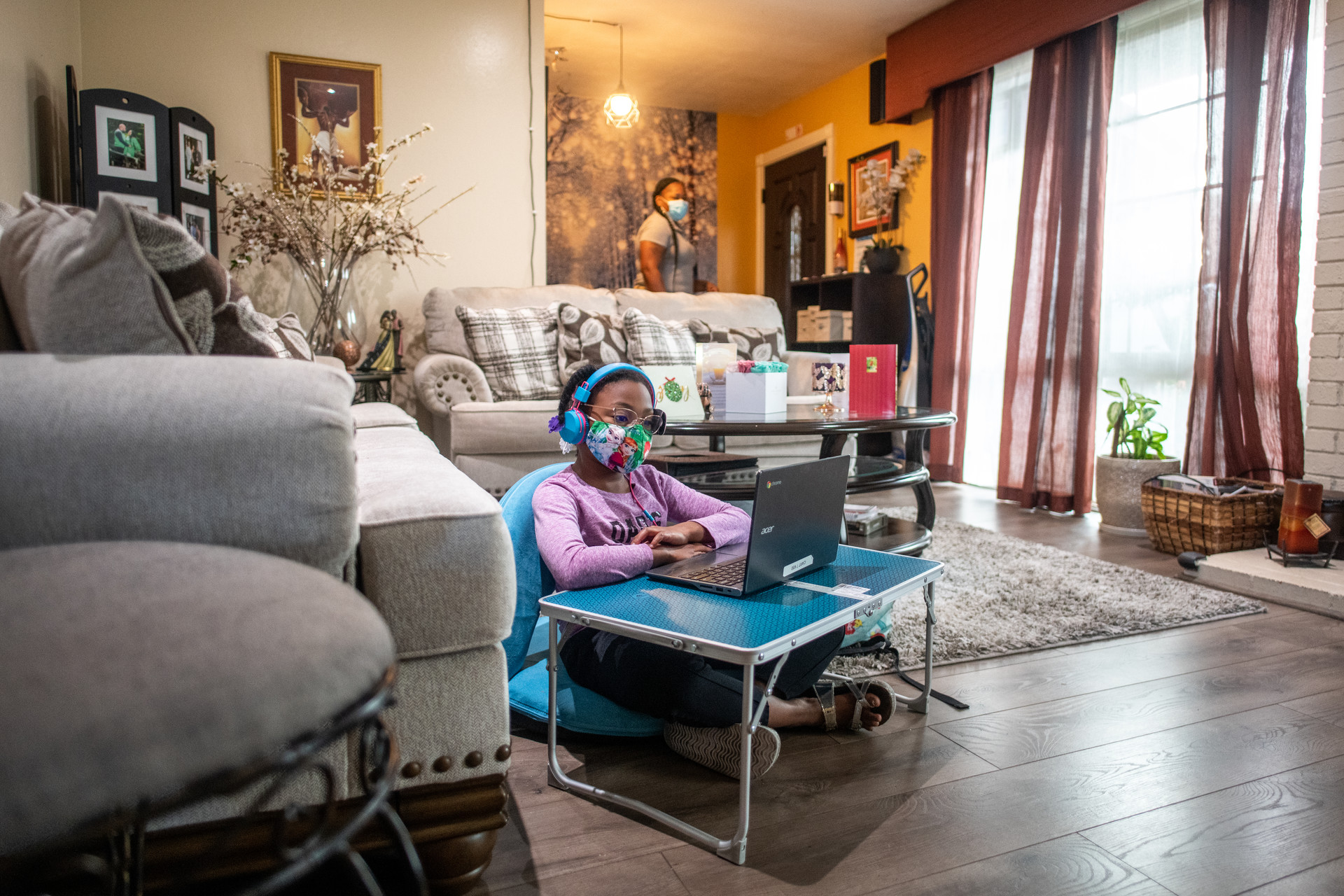
One of the biggest challenges of the pandemic has been accommodating school children that need to attend distance learning. Richardson has opened her home to older children she would normally only watch after school, but who now have nowhere else to go. She said they're juggling three to four different teachers that Zoom with the children.
"We're making sure they're doing their work correctly. They're submitting it, uploading it to the computers. Making sure that they get up and get on Zoom at that time," she said. "We have so many different timers to go off here. All day you hear phones dinging because it's reminding us to remind them to get on to the computers."
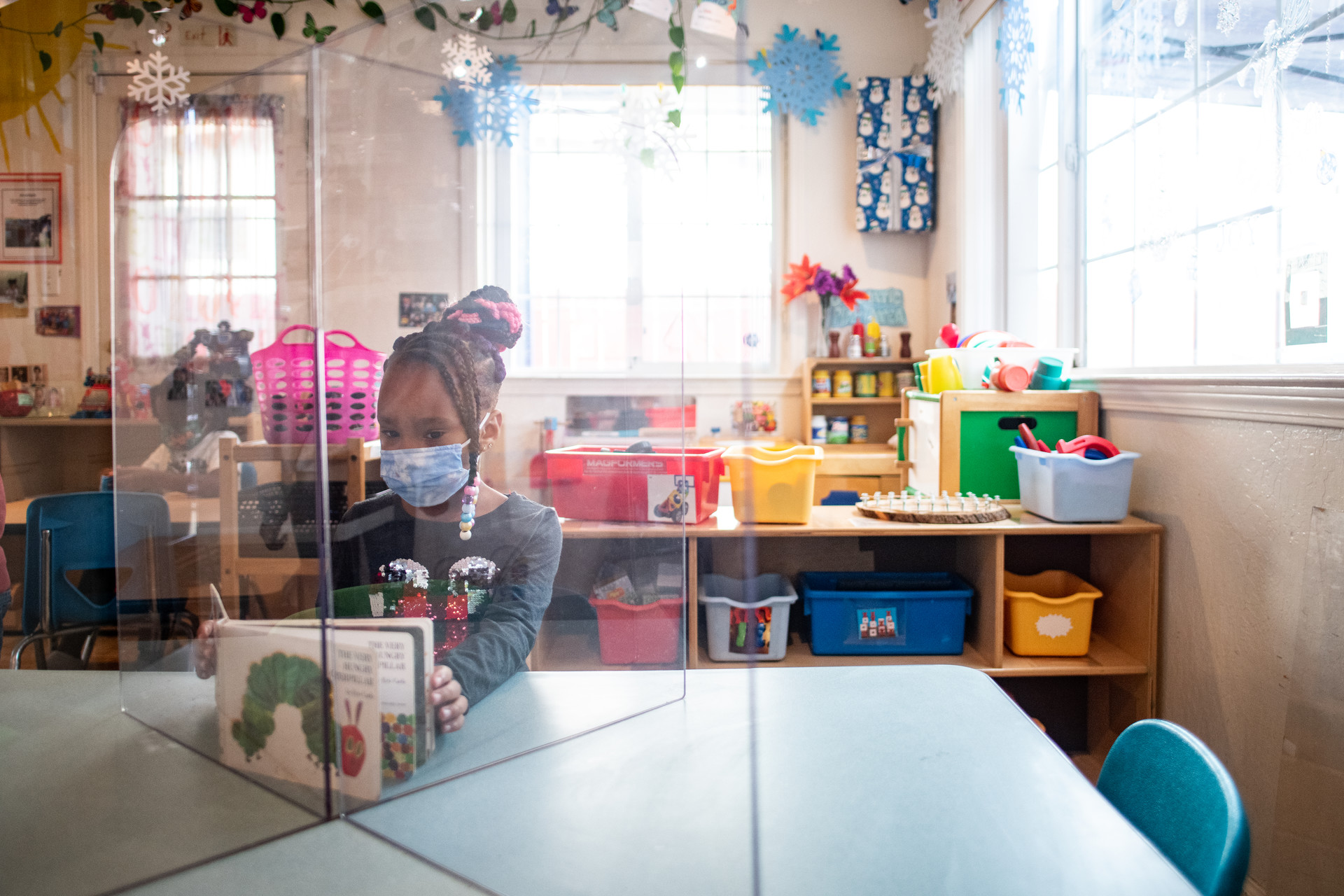
Safety is a top priority for both women. They wear masks and face shields and try to limit their physical contact with the kids, who also wear masks. There are also procedures in place for drop-off and pickup.
"All the kids have to put their coats into a tote so that they're not touching," Richardson said. "We have a thermometer. We're taking their temperatures and logging it daily as they're entering the day care.”
Richardson also bought plexiglass dividers she puts between the kids to help stop the spread of germs. She’s switched to paper plates and cups for meal times.
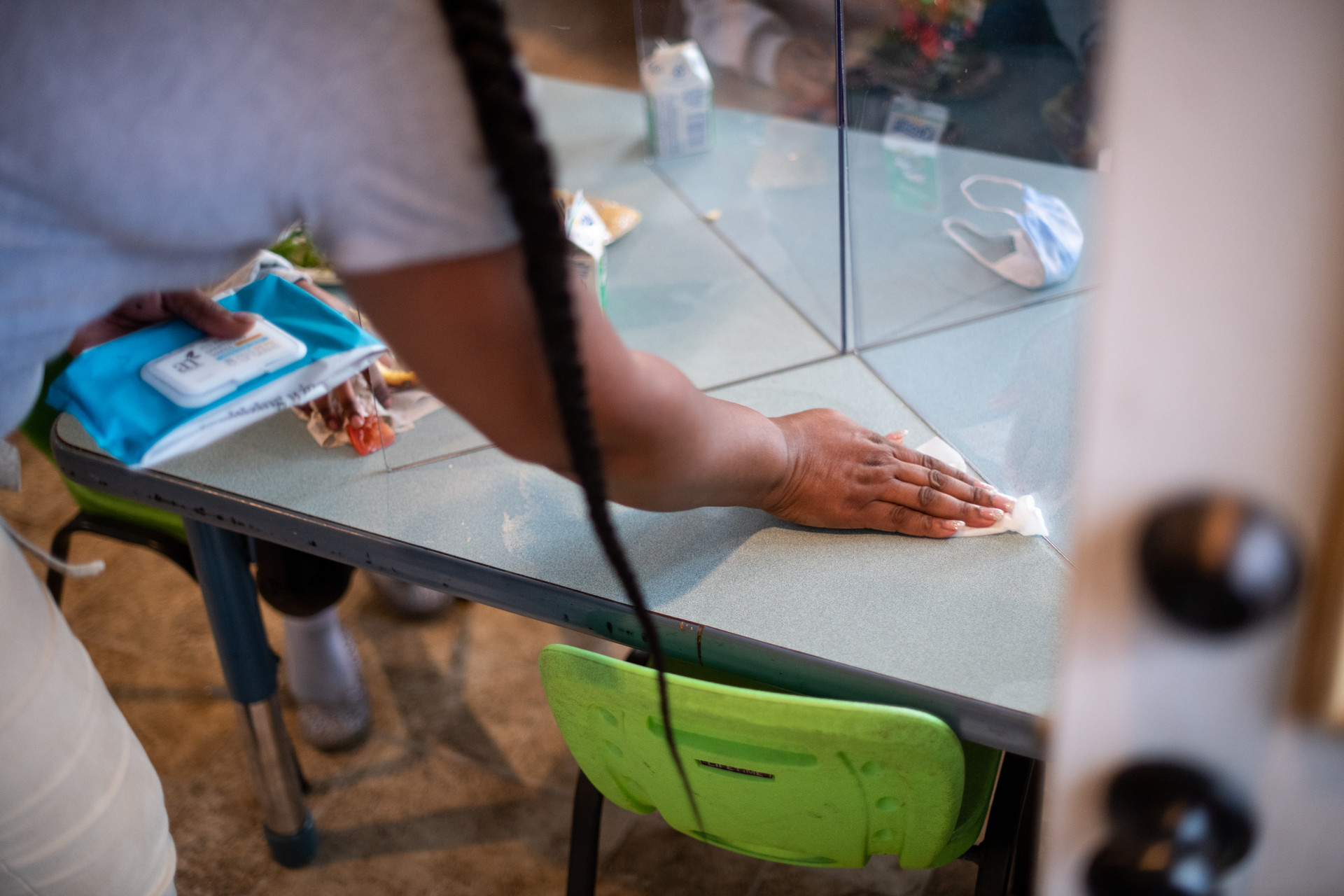
Richardson and Williams are constantly wiping down surfaces and toys. The cost of these safety measures and caring for more kids all day adds up. And while schools have budgets and staff and supply chains to help get them through, child care providers are largely on their own.
"And it's hard for us because we can't get our supplies," Williams said. "If we work nine to five, it's hard to get out to get supplies. By the time we go get them, they're not there."
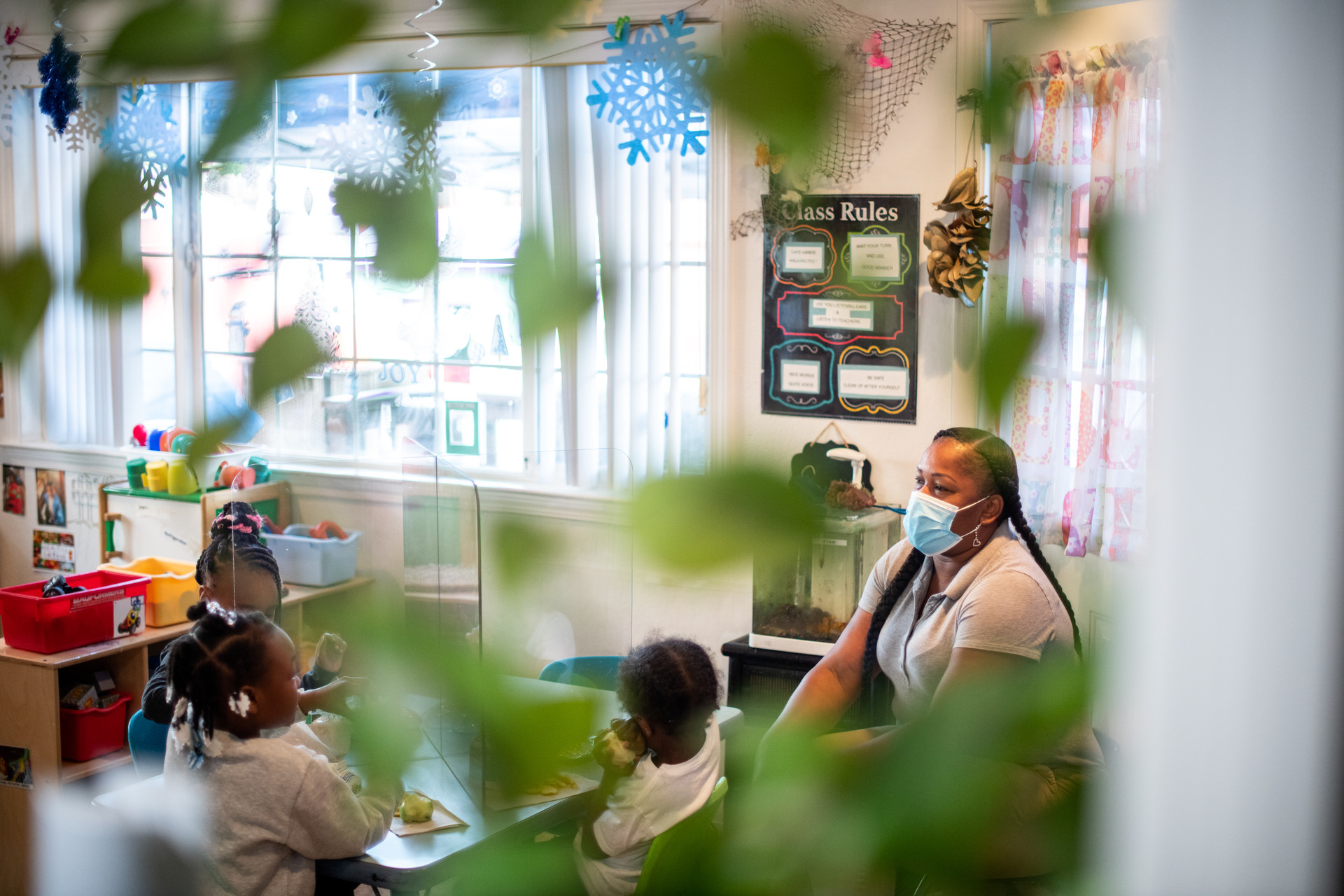
Richardson is a member of the child care providers union. She said it's frustrating that businesses like hers don't get more support from the state. She said, as an essential worker, she should be receiving some assistance.
"We should have received some form of increase for extra supplies, extra food that we're buying. Because now we're buying food to feed kids that are normally not here for breakfast and lunch. They're normally in school," Richardson said. "And the state needs to understand that. That us as providers, I have not shut my door. Not one day.”
